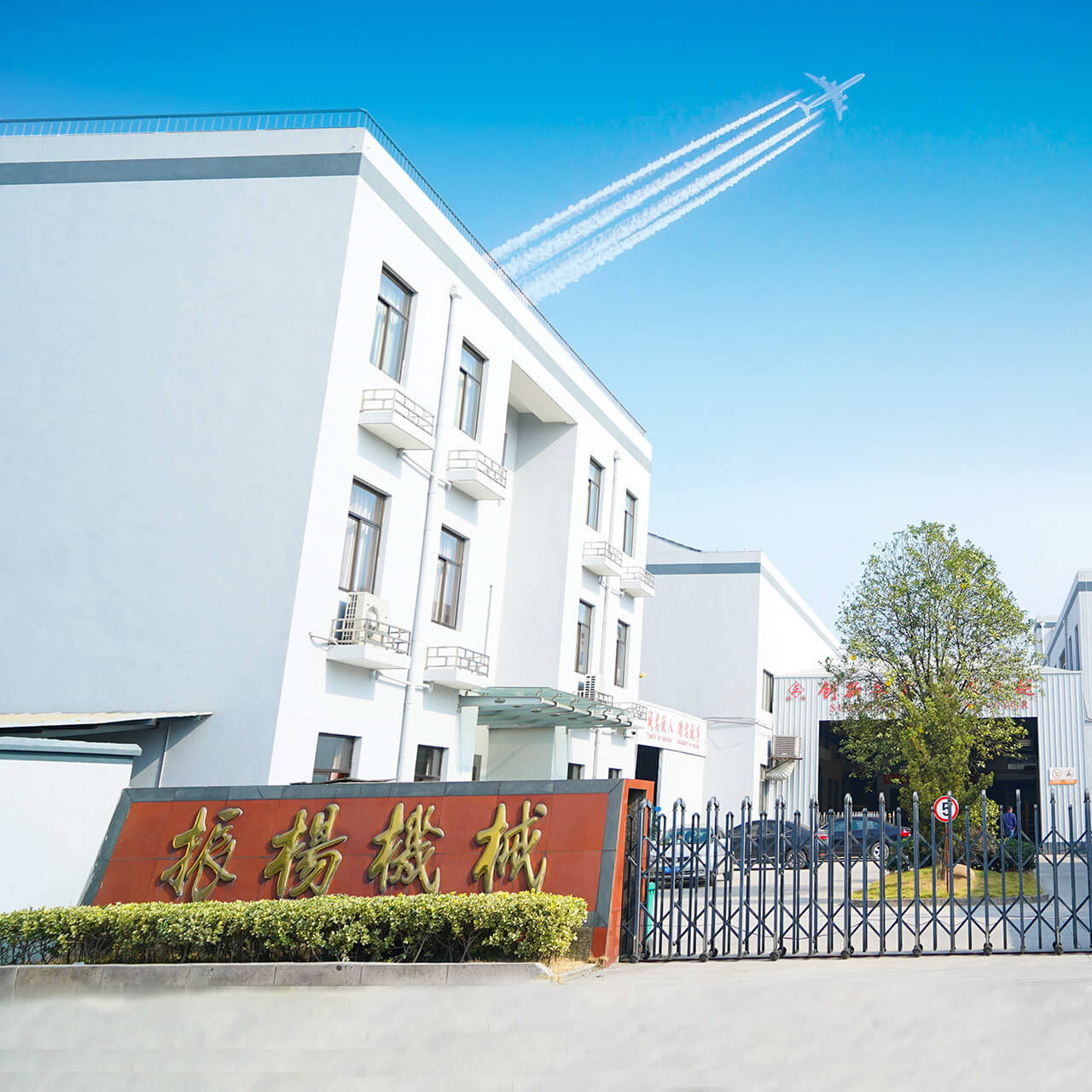Industry knowledge extension of this category
What are the advantages of aluminum extrusion in fabrication?
Aluminum Products offers several advantages in fabrication processes. Here are some of the key benefits:
1.Versatility: Aluminum extrusion allows for the creation of complex shapes and profiles with varying cross-sections. It offers flexibility in design, enabling the production of customized components for specific applications. Extrusions can be made in various lengths, sizes, and configurations, making them suitable for a wide range of projects.
2.Lightweight: Aluminum is a lightweight material, making it ideal for applications where weight reduction is important. The low density of aluminum compared to other metals allows for easier handling, transportation, and installation of fabricated aluminum components. It is particularly advantageous in industries such as aerospace, automotive, and transportation, where weight savings can lead to improved fuel efficiency and performance.
3.Strength and Durability: Despite its lightweight nature, aluminum extrusions offer excellent strength and durability. Aluminum has high structural integrity, and the extrusion process further enhances its mechanical properties. The resulting extruded profiles can withstand significant loads, making them suitable for applications requiring strength and rigidity.
4.Corrosion Resistance: Aluminum naturally forms a protective oxide layer when exposed to the atmosphere, providing inherent corrosion resistance. This oxide layer acts as a barrier, preventing further oxidation and protecting the underlying metal. Additionally, aluminum can be further enhanced through surface treatments, such as anodizing or powder coating, to provide even greater resistance to corrosion, abrasion, and wear.
5.Thermal Conductivity: Aluminum is an excellent conductor of heat, allowing for efficient heat dissipation. Extruded aluminum profiles can be designed with fins or other heat sink features to enhance thermal management capabilities. This makes aluminum extrusions suitable for applications that require effective heat transfer, such as heat sinks, LED lighting fixtures, and electronics enclosures.
How is aluminum sheet metal formed into various products?
Aluminum sheet metal can be formed into various products through several fabrication processes. Here are some common methods used:
1.Cutting: Aluminum sheets are often cut into specific shapes and sizes using tools such as shears, saws, or laser cutting machines. This step is typically the initial process to obtain the desired dimensions for further forming operations.
2.Bending and Forming: Aluminum sheets can be bent and formed into different shapes using techniques such as press braking, roll bending, or stretch forming. Press braking involves using a press brake machine to apply force and create bends at specific angles. Roll bending uses a set of rollers to gradually bend the sheet along a curved path. Stretch forming involves stretching the sheet over a form using hydraulic or mechanical forces.
3.Deep Drawing: Deep drawing is a process used to form aluminum sheets into hollow or cup-like shapes. A blank sheet is clamped over a die and then forced into the die cavity using a punch. As the punch moves downward, the sheet undergoes plastic deformation and takes the shape of the die.
4.Spinning: Spinning is a method used to create symmetrical, hollow shapes such as bowls, cones, or cylindrical parts. In this process, the aluminum sheet is clamped onto a rotating form, and a tool called a spinning roller is used to shape the sheet by pressing it against the form.
5.Welding and Joining: Aluminum sheets can be joined together using various welding techniques, including TIG (Tungsten Inert Gas) welding, MIG (Metal Inert Gas) welding, or spot welding. These methods involve melting and fusing the edges of the aluminum sheets to create a strong and continuous bond. Additionally, adhesive bonding, riveting, or mechanical fastening methods can also be used to join aluminum sheet metal components.
6.Surface Finishing: After forming, aluminum sheet metal products may undergo surface finishing processes to improve their appearance and properties. Common surface treatments include anodizing, powder coating, painting, polishing, or brushing. These processes enhance corrosion resistance, provide decorative finishes, and improve durability.
